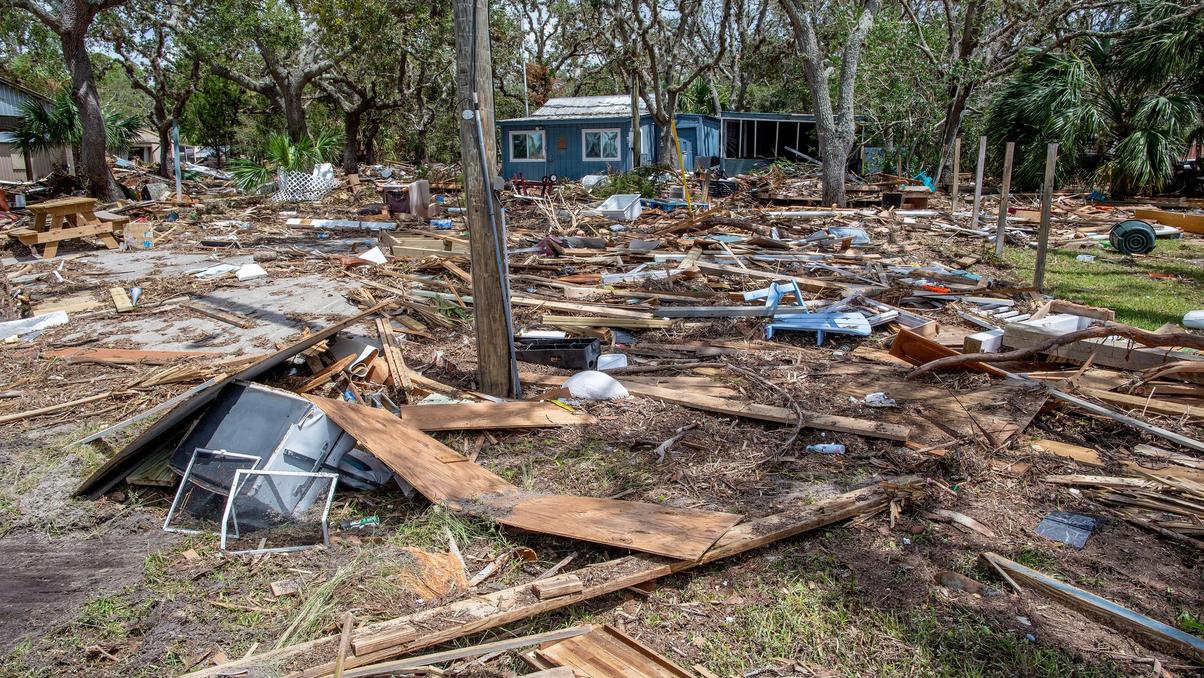How Climate Change Is Uprooting The Property Insurance Industry
It's becoming difficult for many Americans to find (or afford) a policy. Shutterstock
Shutterstock
News that is entertaining to read
Subscribe for free to get more stories like this directly to your inboxFrom wildfires in Hawaii to Hurricane Idalia in Florida, there’s no shortage of natural disasters that are leaving Americans with the daunting task of repairing or rebuilding damaged homes. This is not a problem unique to the U.S., of course, and most experts agree that the issue is only going to get worse as climate change becomes a bigger menace to the environment.
And now insurance companies are starting to realize that they can’t keep writing policies for property susceptible to such damage.
What’s going on
While disaster can strike no matter where you live, a number of prominent insurers are focusing on a few types of weather and locations as they pare back the range of policies they’re prepared to offer.
So far, at least five major insurance companies have indicated that they’ll be limiting how much policies cover and even pulling out of certain regions entirely, citing the mounting impact of climate change as their motivation.
Here’s how some insurers are responding so far:
- Removing coverage for hurricane damage in some coastal areas
- Limiting the types of policies available in wildfire-prone regions
- Raising premiums and deductibles to help cover rising costs
What it all means
On one hand, this might sound like a valid business decision. After all, companies can’t continue to exist if they keep losing money.
Nevertheless, this is clearly a big problem for property owners who are finding it more difficult to protect their homes and other valuable investments.
So what are concerned consumers supposed to do? Insiders say the best way to deal with the current trend is to shop around or even purchase multiple supplemental policies in order to get all the coverage they need. It could be expensive, but if tragedy strikes, insurance is one of the only lifelines available.
 Why Is The Aging Voyager 1 Probe Sending Back Incoherent Communications?
It's been speaking gibberish for a few months and officials are concerned.
Why Is The Aging Voyager 1 Probe Sending Back Incoherent Communications?
It's been speaking gibberish for a few months and officials are concerned. One Woman’s Massive Donation Is Wiping Out Tuition At This Medical School
Her inheritance came with the instruction to do "whatever you think is right."
One Woman’s Massive Donation Is Wiping Out Tuition At This Medical School
Her inheritance came with the instruction to do "whatever you think is right." Woman’s Pets Will Inherit Her Multimillion-Dollar Fortune, Not Her Kids
It's not the first time four-legged heirs were named in a will.
Woman’s Pets Will Inherit Her Multimillion-Dollar Fortune, Not Her Kids
It's not the first time four-legged heirs were named in a will.